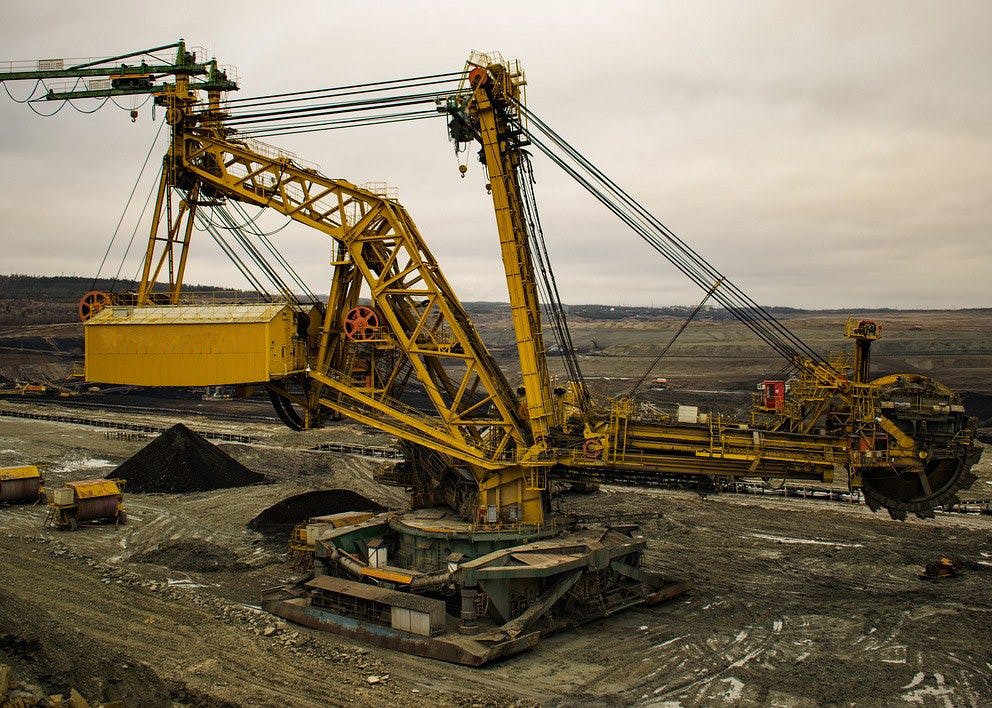Global PVF(Pipe, Valve, and Fitting) Market Trends – What You Need to Know

Posted: October 2021
In 2020, the Hydraulic Equipment Market was valued at 44.11 billion USD, while reports suggest that the market is expected to rise to a value of 56.98 billion USD by 2026. This prediction comes as a result of the rising energy and infrastructural needs of developing economies like India and China and the discovery of new shale fields.
Modern hydraulic equipment is used in several essential industries, including construction, masonry, automotive, aviation, and manufacturing. Hydraulic equipment is used to power the components of various machinery such as bulldozers, cranes, and lifts in the construction and masonry industries and power transmission and braking applications in the automotive and aviation industries.
The Offering of More Differentiated Products
As of late, an increasing number of manufacturers are offering various integrated hydraulic cylinder systems and creating more differentiated products. This differentiation helps the manufacturers to increase the value of their products via the delivery of subsystems, including cylinders and ancillary products such as valves and pumps.
The integrated offerings of hydraulic subsystems that are slowly making their way as part of the hydraulic equipment industry will help to strengthen the ability of distributors to create more profit from aftermarket services and maintenance. This new approach is expected to serve as an important adaption within the hydraulic equipment market, mostly because it will translate into a more efficient design for end-users. Moreover, it will also lower the overall cost of operations and offer much better engineering and purchasing solutions.
Key PVF Market Trends to Watch Out For
The first key PVF market trend to watch out for is the integration of electronics with hydraulic cylinders, leading to an overall increase in functionality, accuracy, control of equipment performance, and ease of use.
Electro-hydraulic cylinders, also known as smart cylinders or smart hydraulics, are gaining much traction in the market as they combine electronic controls and servo valves to create electrically controlled valves and greater rod position feedback. This innovation alone has seriously expanded the scope of hydraulic equipment applications.
Another key market trend is the expected proliferation of double-acting hydraulic cylinders, which are anticipated to generate significant growth due to their usage in applications where gravity is a prominent factor. Double-acting hydraulic cylinders are extensively used for heavy trucks, earth-moving equipment, and forklifts.
Lastly, the growing construction industry is expected to expand the market for hydraulic cylinders over the next decade or so. A combined study by Global Construction Perspective and Oxford Economics has shown that by the year 2030, the construction industry is expected to reach a value of 15.5 trillion USD. Notably, most of this growth is expected to come from the United States, China, and India.
Therefore, the hydraulic cylinders market is expected to trend upwards due to the increasing augmentation of the construction industry and the technological developments in the construction and infrastructure industries.
Final Words
Due to the presence of several prominent players, the global hydraulic equipment market is highly fragmented. Some of the major players in the industry include Daikin Industries Ltd., Bosch Rexroth AG, Emerson Electric Co., and Kawasaki Heavy Industries Ltd.
Finally, to gain a greater market share, these players are adopting a merger and various acquisition strategies.